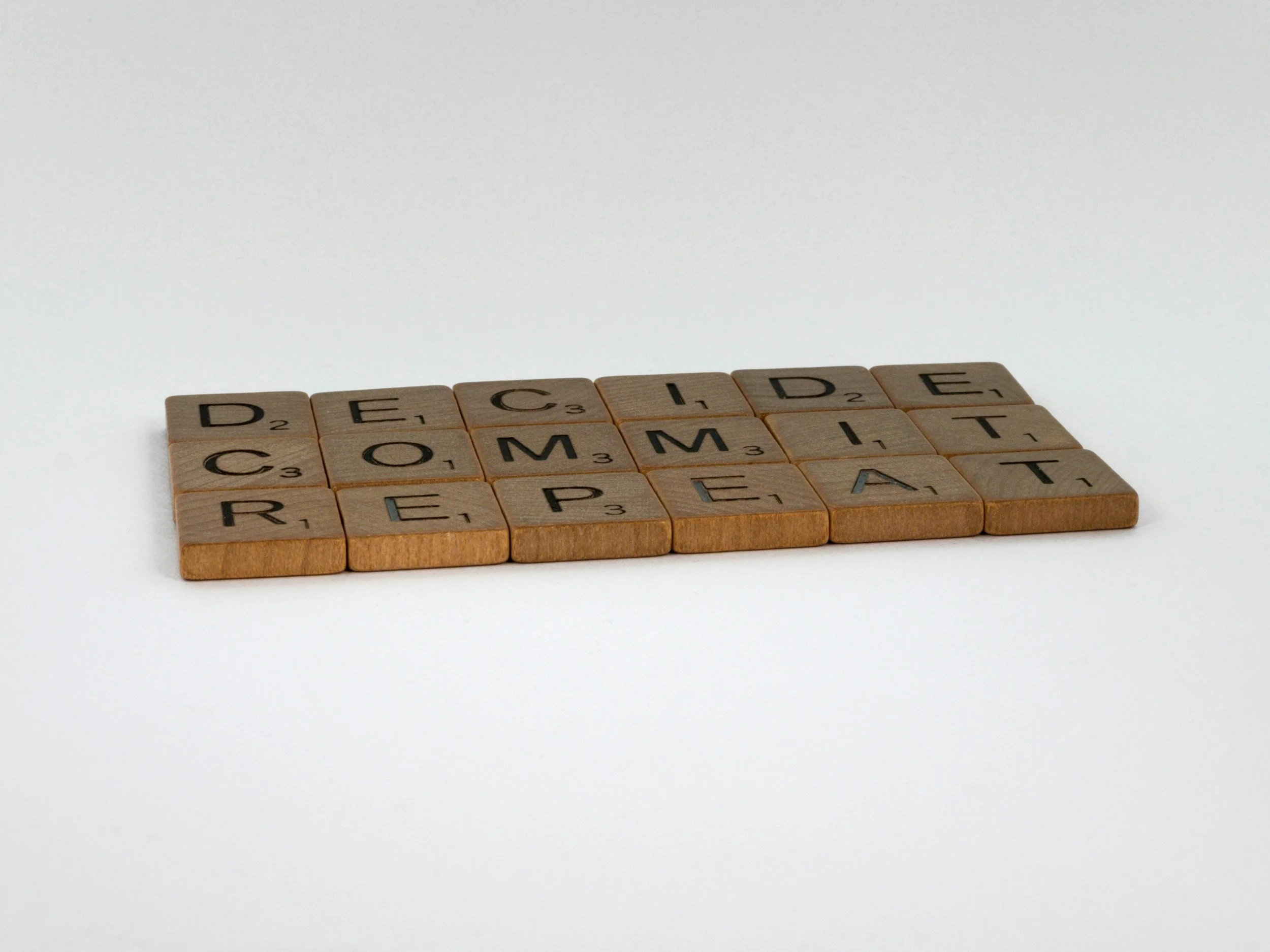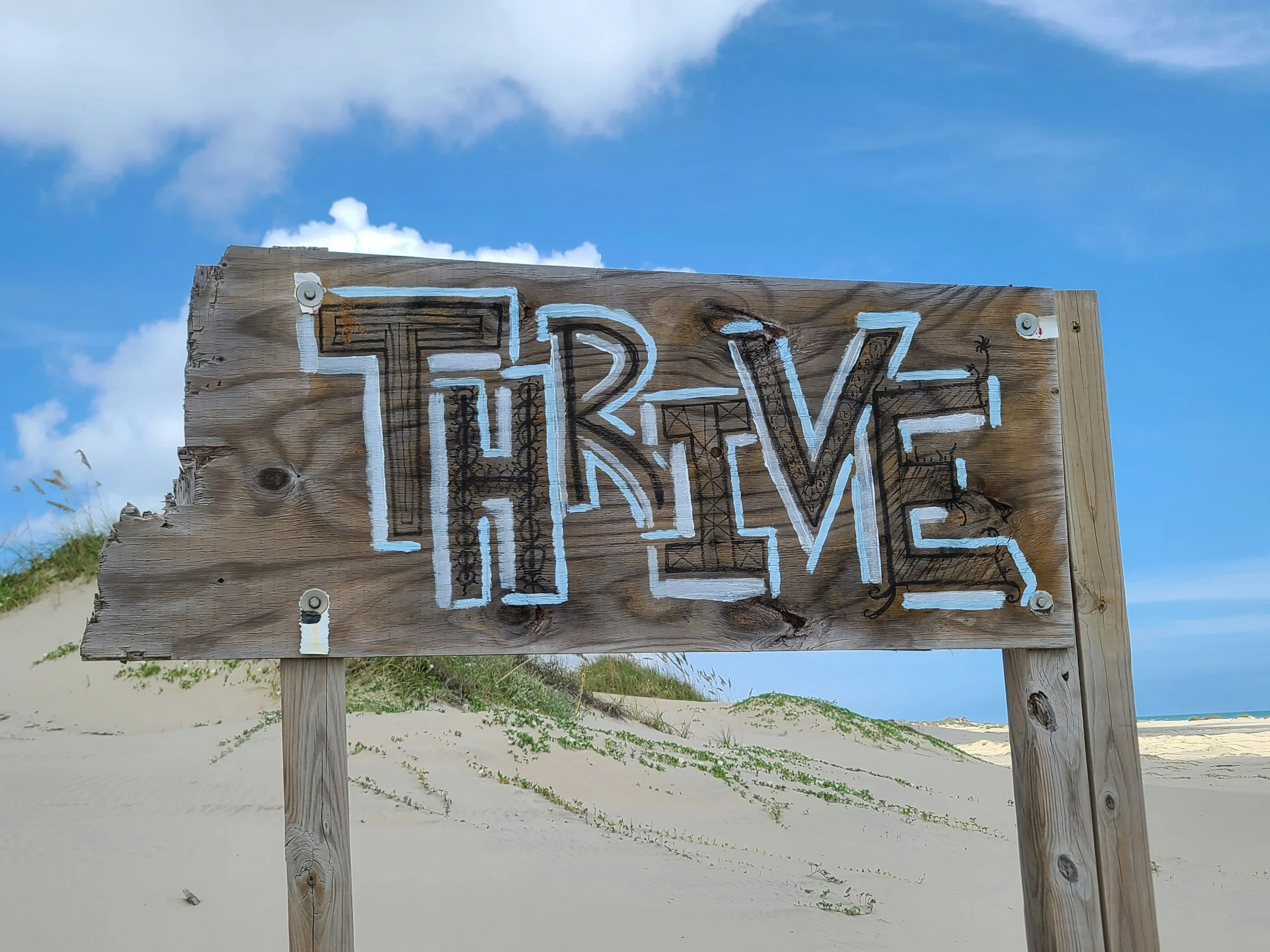Personalizing the Journey: Educators Guiding Students Toward Goals
Published 6 December 2024
“Two people can have the exact same goal but how they achieve that goal looks very different depending on that person. Do you have kids? Do you live with a lot of people? Do you have housing? Another thing we talk about in my job is Maslow’s before Bloom. So, Maslow’s hierarchy of needs––Do you have your basic needs met? Because if you don’t––they talk about this a lot in K12––those kids probably aren’t going to learn because they’re hungry or they have other things going on at home. So, that’s a big part of my job as a transition navigator, really focused on one-on-one and building that relationship with my clients to help them achieve whatever goal they have set.”
Every educator, regardless of their field, is ultimately in the business of people. Whether you’re teaching a classroom full of students, guiding adults through career transitions, or coaching individuals toward personal growth, the essence of the work is the same: helping people reach their goals. However, the way each person achieves those goals can vary significantly based on their unique circumstances, strengths, and challenges.
Take, for example, Maslow’s hierarchy of needs—–a fundamental concept that reminds us that basic needs must be met before individuals can focus on higher-level goals. This is especially relevant in K-12 education, where a child struggling with hunger or a chaotic home life may find it nearly impossible to concentrate on academics. But the principle is equally applicable in adult education or workforce development. Understanding and addressing a person's foundational needs builds a stronger base for long-term success.
As Burleson and Thoron (2014) explain, it isn’t possible for educators to provide food, clothing, and housing to all of their students, but it is possible to make our students feel valued as individuals by taking “advantage of every opportunity to reinforce positive learner behavior and self-esteem,” as “any efforts that you can make to contribute to these needs will greatly improve a learner’s ability to learn and achieve in your learning environment” (p. 2-3).
Make sure that you take time to get to know your learners and understand their knowledge level and level on Maslow’s Hierarchy. By doing this, you will be in a better position to help learners move up the hierarchy. Often we must seek outside or governmental resources (for lower need-level learners) in order to help prepare learners for a learning situation. However, the more you understand the basic needs of each student, the more likely you are to help remove obstacles from learning so that learning can be enhanced and maximized.
The key to unlocking potential lies in personalization. One-size-fits-all approaches rarely work because people are diverse in their experiences, priorities, and barriers. A transition navigator working with adults on career goals might encounter one client who’s balancing a full-time job and family responsibilities and another who’s facing housing insecurity. Both clients may share the goal of completing a certification program, but the strategies and supports needed to get there will look vastly different.
This philosophy of individualized support applies to classroom teaching, as well. Differentiated instruction—–customizing lessons to meet students’ varying readiness levels, interests, and learning profiles—–has been shown to improve engagement and outcomes. This approach is particularly critical when working with English Language Learners (ELLs) regarding “the significance of differentiating instruction and scaffolding assessment to accommodate language, culture, and previous educational experience” (Karami et al., 2023). It also applies to professional development for teachers, where workshops that acknowledge different teaching contexts or career stages often resonate more deeply than generic training sessions.
Building trust and relationships is at the heart of effective personalization. People are more likely to share their challenges and aspirations when they feel genuinely heard and respected. This trust allows educators to craft strategies tailored to each individual's unique situation. Whether it’s providing flexible deadlines for a working student, offering emotional support to a struggling child, or suggesting a realistic timeline for an adult learner, these personalized adjustments show that you’re invested in their success.
Five Practical Tips for Personalizing Your Work as an Educator:
Build Strong Relationships: Spend time getting to know the individuals you work with. Understanding their goals, challenges, and strengths is the foundation of personalized support.
Assess Needs Holistically: Apply frameworks like Maslow’s hierarchy of needs to identify whether basic needs must be addressed before focusing on higher-level objectives.
Be Flexible: Offer tailored approaches, such as adjusted deadlines, individualized lesson plans, or alternative strategies to accommodate unique circumstances.
Collaborate and Seek Input: Work alongside your students or clients to co-create a plan that feels manageable and realistic for them.
Celebrate Progress, Not Just Outcomes: Recognize and affirm small steps toward a goal, which can build momentum and confidence.
Ultimately, the work of personalizing education or support is a powerful reminder of why we do what we do. It’s not about applying cookie-cutter solutions but about honoring the diversity of human experience. By adapting to the needs of those we serve, we can create meaningful impact and help people achieve their goals in ways that work for them.
Discussion Question
How have you successfully personalized your work to meet the needs of a student or client, and what impact did it have on their progress toward their goal?
Related Posts
-
Karami, A., Moser, O., Dagnan, E., Halverson, A., McQueen, E., Robinson, H., & Shaw, H. (2023). Differentiated Instruction and Assessment. Journal on English Language Teaching, 13(3), 50-58.
Burleson, S. E., & Thoron, A. C. (2014) Maslow’s Hierarchy of Needs and Its Relation to Learning and Achievement. Agricultural Education and Communication Department, UF/IFAS Extension.




